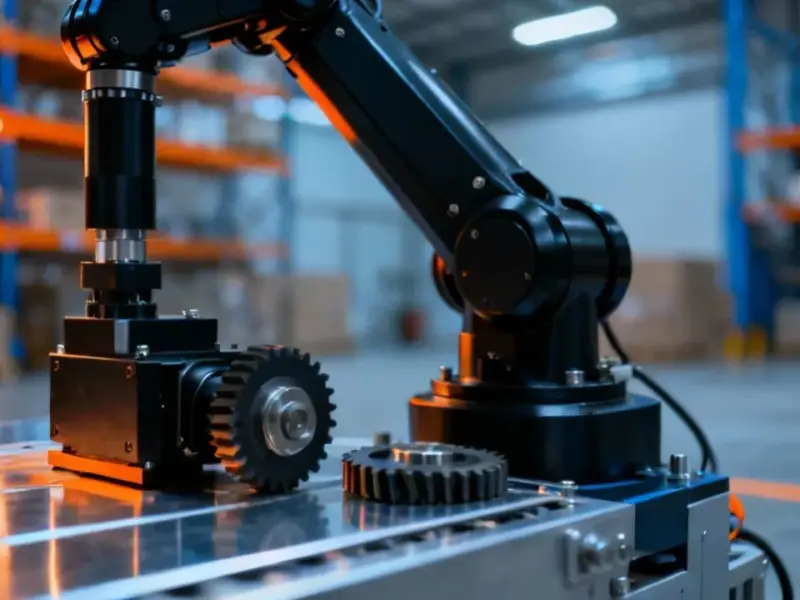According to Fortune, Scott Galloway warned on his Prof G Markets podcast that AI has been responsible for 80% of stock market returns since ChatGPT launched in late 2022. OpenAI is currently generating $13 billion in annual recurring revenue but spending more than double that amount, with CEO Sam Altman projecting spending commitments over $1 trillion. The company faces a massive $1.2 trillion shortfall given current cash reserves, while former cofounder Ilya Sutskever’s deposition alleges Altman was fired due to a “consistent pattern of lying.” Galloway believes if the OpenAI story unravels, it could trigger a catastrophic market decline where “there’s going to be nowhere to hide,” noting that 40% of the S&P 500 relies on just 10 companies.
The financial trainwreck
Here’s the thing about OpenAI’s numbers: they’re absolutely staggering in the worst possible way. The company is burning through cash at an unprecedented rate – spending more than double their $13 billion revenue. But that’s just the warm-up act. Altman’s talking about dropping $1.4 to $1.5 trillion over the next several years. Let that sink in for a minute.
And their response to the obvious question “How are you going to pay for this?” has been, well, concerning. Galloway’s co-host Ed Elson called Altman’s defensive reaction “horrendous” and “sociopathic.” Basically, when an investor asks a fair question about financing, telling them “if you don’t like it, you can sell your shares” isn’t exactly confidence-inspiring. That’s not how you run a public company – which Galloway thinks OpenAI will attempt to become in 2026.
Bailouts and broken narratives
Now we’re seeing even more red flags. OpenAI’s CFO Sarah Friar went viral for suggesting the company might need federal government support – a taxpayer backstop for their data centers. Seriously? When your financing plan involves begging for government bailouts, that’s not a plan, that’s desperation.
Galloway thinks this could be the beginning of the end for the AI bubble. He points to what he calls “narrative shock” – that moment when everyone suddenly realizes the emperor has no clothes. And he’s betting that OpenAI’s implosion could be that trigger. Remember, we’re not just talking about one company here – we’re talking about the entire AI ecosystem.
The domino effect
Look at the companies riding on OpenAI’s coattails: Nvidia, Oracle, AMD, Microsoft. Their rich valuations depend heavily on contracts and handshake deals with OpenAI. Galloway suspects many of these deals are “jazz hands” – all flash, no substance.
And here’s what keeps me up at night: we’ve seen this movie before. Meta and Netflix both saw nearly 70% of their market cap evaporate in short periods. But the scale today is completely different. When 40% of the S&P 500 is concentrated in just 10 companies, Galloway warns “if they get cut in half, nobody gets out alive.”
The data backs this up too. Top analyst Torsten Slok at Apollo Global Management has been sounding the alarm about market concentration all year. His charts show that equity returns over the past five years are “all about the Magnificent Seven” with virtually no growth coming from anywhere else.
Reality check time
Even JPMorgan CEO Jamie Dimon is getting skeptical. When asked about AI’s “money-pit” problem, he acknowledged that “some asset prices are high, in some form of bubble territory.” He made a crucial distinction between AI for specific tasks like risk and fraud (which delivers real value) versus generative AI (where gains are largely anecdotal).
Galloway paints a terrifying picture of what happens when corporations actually try to measure ROI on those multimillion-dollar AI contracts. When companies start saying “we’re scaling back because it hasn’t offered the ROI we expected,” and others jump in with “yeah, same here” – that’s when the music stops. And as Galloway puts it, “there’s not only not any chairs, there’s like hot coals they’re all going to sit on.”
So where does that leave us? Basically, the entire market is betting the farm on an AI story that’s being propped up by a company with questionable finances, leadership turmoil, and no clear path to profitability. What could possibly go wrong?




